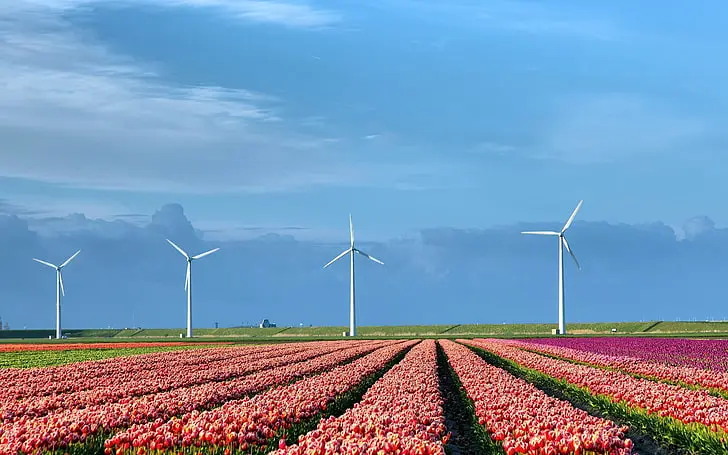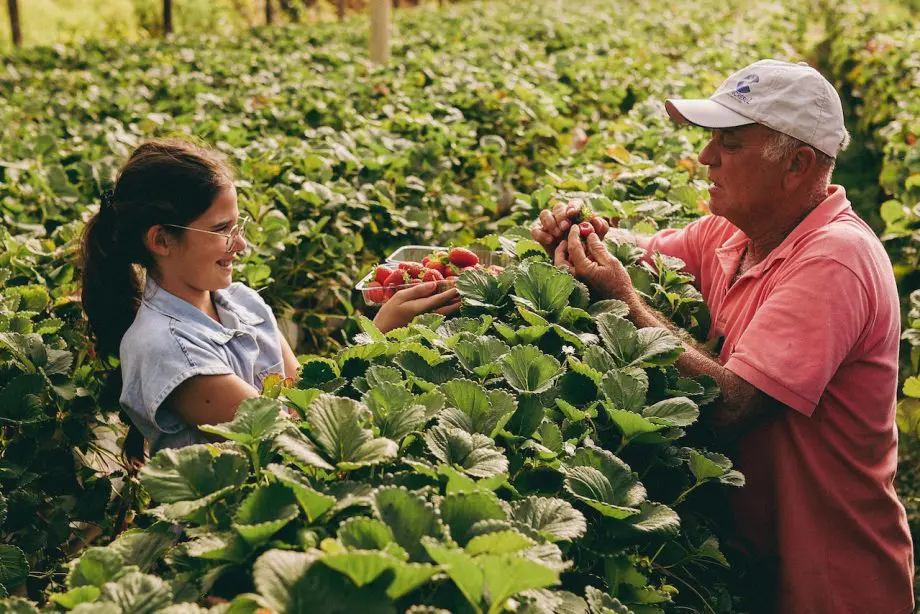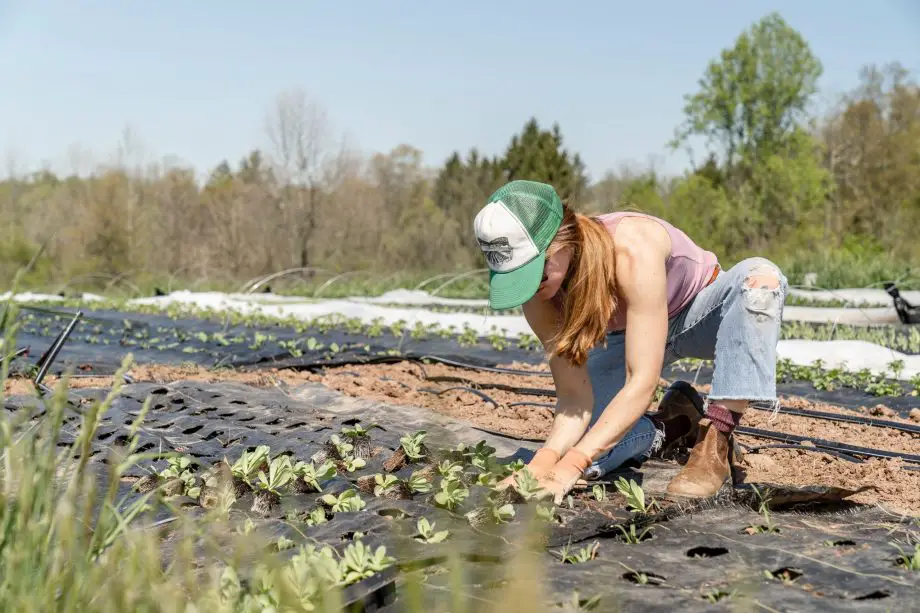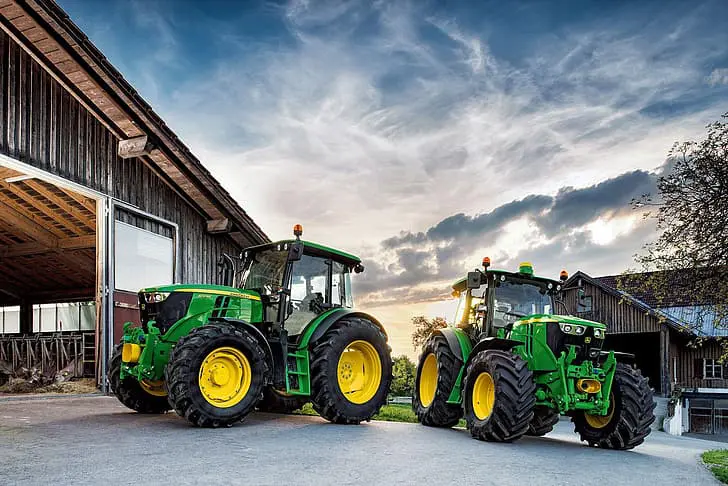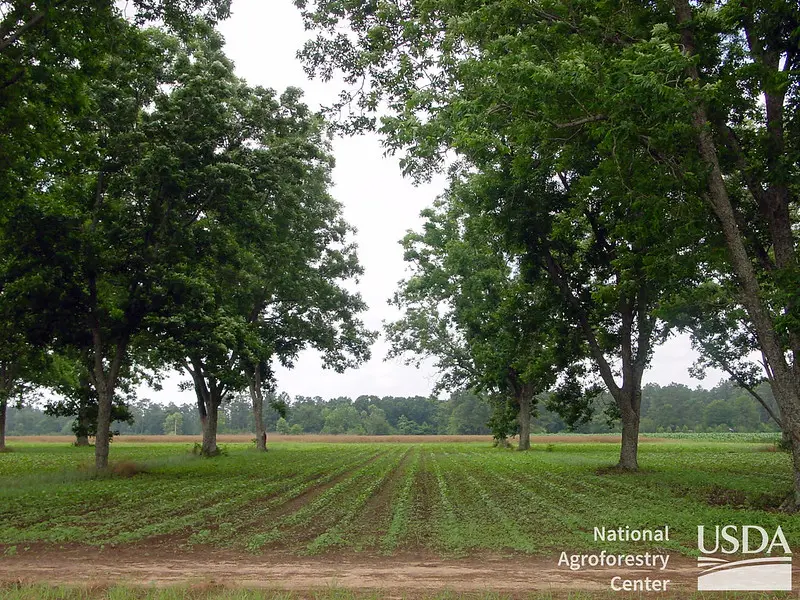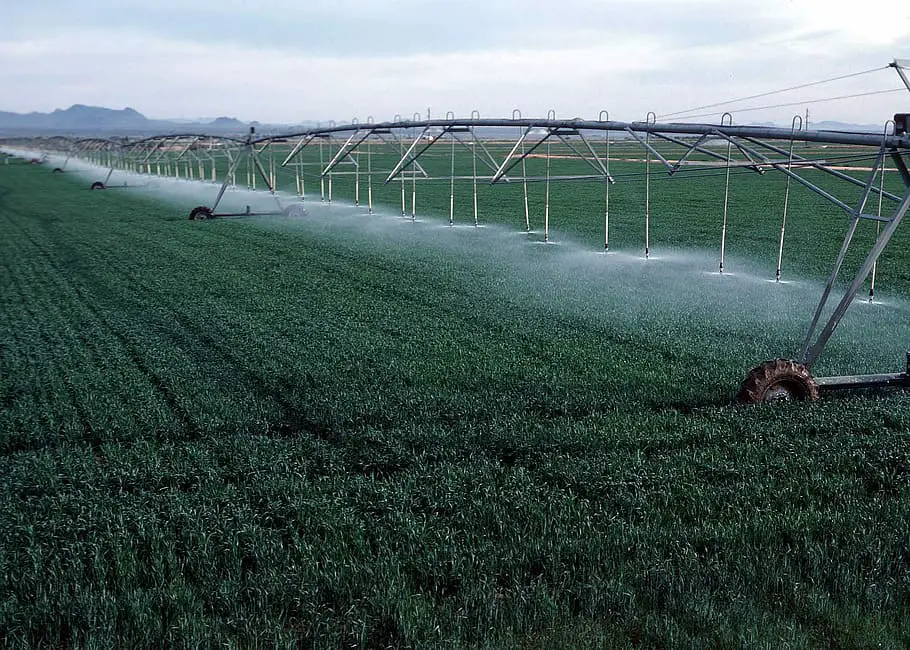
Ever wondered ‘Why is biodiversity important in farming?’ Dive into our chat about nature’s role on the farm and how it shapes our food and future.
Have you ever taken a moment during a countryside drive to admire the vast stretches of farmland? Those fields aren’t just soil and crops; they’re bustling with life, from the tiniest microbes to the birds in the sky. But why is biodiversity important in farming? Well, it’s like adding vibrant colors to a canvas. Without it, our food, environment, and even economy would look a lot different. Let’s dive into this fascinating world and uncover the magic behind every sprout and buzz.
Why is biodiversity important in farming?
Biodiversity is important in farming because it enhances soil health, increases crop yield, and promotes natural pest control. A diverse ecosystem ensures resilience against diseases, stabilizes the environment, and supports pollination. This interconnected web of life is essential for sustainable agriculture and food security.
You know, when I think of a farm, I picture more than just rows of crops. I see a lively dance of plants, insects, birds, and even the unseen critters in the soil.
But have you ever paused to think, Why is biodiversity important in farming? It’s a question that takes us on a journey through nature’s intricate web.
In this post, we’ll explore the unsung heroes of our food chain, the benefits they bring to our plates, and the surprising ways they shape the future of agriculture. Ready to dive in?
A brief story or anecdote about a farmer observing the variety of life in his fields
Let me paint a picture for you. Imagine a farmer named Joe, who’s been tending to his family’s land for decades.
One early morning, with a cup of coffee in hand, he takes a leisurely stroll through his fields.
He notices the dew-kissed spider webs glistening in the sunlight, hears the soft hum of bees flitting from flower to flower, and spots a family of earthworms wriggling through the rich soil.
It’s these moments that Joe cherishes most. For him, it’s not just about the crops. It’s about the symphony of life that thrives in every nook and cranny of his farm.
Setting the stage: Why should the average person care about biodiversity in farming?
Now, you might be thinking, That’s a heartwarming story, but why should I care about the bugs and birds on a distant farm?
Well, here’s the scoop: biodiversity in farming isn’t just about the creatures on the land. It’s about the health of our planet, the quality of our food, and the sustainability of our future.
Think of it like a well-rehearsed orchestra. Each instrument, or in this case, each species, plays a crucial role. Remove one, and the entire melody can go off-key.
Biodiversity ensures that our food chain remains balanced, our crops are naturally protected, and our soil stays fertile.
So, the next time you enjoy a fresh salad or a juicy apple, remember there’s an entire world working behind the scenes to bring that to your table. Cool, right?
The Symphony of a Farm

Ever walked through a farm and felt like you were in the middle of a grand orchestra?
It’s not just about the crops swaying in rhythm with the wind or the occasional bird song.
Every farm is alive with a symphony of interactions, from the underground ballet of worms and microbes to the aerial dance of bees and butterflies.
It’s a harmonious blend of life, each playing its part in nature’s grand performance.
In this section, we’ll tune into this melody and discover the magic that makes a farm more than just a piece of land. Ready to join the concert?
Describing a farm as a living, breathing ecosystem
You know, when most folks picture a farm, they might imagine vast fields of corn or wheat, maybe a barn or two.
But let’s zoom in a bit. A farm is so much more than just its crops. It’s a vibrant, living, breathing ecosystem. Think of it like a bustling city, where every resident, big or small, has a role to play.
From the tiniest microorganisms in the soil to the towering trees at the farm’s edge, each element contributes to the farm’s overall health and vitality.
It’s this intricate web of life that transforms a mere plot of land into a dynamic community.
The roles different creatures play: from earthworms aerating the soil to bees pollinating crops

Now, let’s meet some of the unsung heroes of this ecosystem. First up, the humble earthworm.
These little wrigglers might not seem like much, but they’re nature’s plowmen.
As they move through the soil, they aerate it, making it easier for plant roots to grow.
And let’s not forget their role in breaking down organic matter, turning last season’s fallen leaves into nutrient-rich compost.
Then there are the bees, nature’s top-notch pollinators. Ever enjoyed a juicy apple or a slice of watermelon?
You’ve got bees to thank for that. As they flit from flower to flower, they transfer pollen, helping plants reproduce.
Without them, our plates would look a lot less colorful.
And these are just a couple of examples. From birds that keep pests in check to fungi that help plants absorb nutrients, every creature on the farm has a unique and essential role.
It’s like a well-coordinated dance, where each step and turn ensures the farm thrives and flourishes.
From Barren Lands to Blooming Fields
Ever stumbled upon an old, abandoned plot of land and thought, Nothing could ever grow here?
Well, nature has a funny way of proving us wrong. Given time and a sprinkle of nature’s magic, those barren lands can transform into lush, blooming fields bursting with life.
It’s like watching a black-and-white movie turn into vibrant color. In this section, we’ll journey through time, tracing the steps of how desolate patches become thriving farmlands, and the incredible role biodiversity plays in that transformation.
Ready to embark on this green adventure?
A look back in time: How traditional farming always relied on nature’s diversity
Let’s hop into our imaginary time machine and journey back a few centuries. Picture a time when tractors and modern machinery were the stuff of dreams.
Back then, farmers had an intimate relationship with the land. They didn’t have the luxury of advanced fertilizers or pesticides.
Instead, they leaned on nature’s diversity to do the heavy lifting.
For instance, they practiced crop rotation, planting different crops in succession to replenish the soil and keep pests at bay.
They understood the value of having a mix of crops and animals.
Chickens would peck away pests, while their droppings enriched the soil.
Nearby trees acted as windbreakers and provided shade. This symbiotic relationship between different elements ensured that the farm was resilient, productive, and self-sustaining.
It was nature’s orchestra in perfect harmony.
Modern challenges: The shift towards monocultures and its drawbacks
Fast forward to today, and the farming scene looks a bit different. With the rise of industrial agriculture, there’s been a significant shift towards monocultures.
That’s where vast stretches of land are dedicated to a single crop. Think endless fields of just corn or soybeans.
While this might seem efficient at first glance, it comes with a set of challenges.
Monocultures can deplete the soil of specific nutrients over time, making it harder to sustain the same crop year after year.
They’re also more susceptible to pests and diseases. Imagine if you had a buffet serving only chocolate (as tempting as that sounds).
It would attract every chocolate-loving critter in town! Similarly, a single-crop field can become a feast for specific pests, leading to massive outbreaks.
Moreover, without the natural checks and balances that biodiversity offers, farmers often resort to chemical pesticides and fertilizers.
While these might offer a short-term solution, they can harm beneficial insects, contaminate water sources, and even affect the health of those consuming the crops.
In essence, while modern farming practices have their perks, moving away from nature’s diverse playbook has its set of challenges. It’s a delicate balance, one that we’re still trying to perfect.
Nature’s Little Helpers
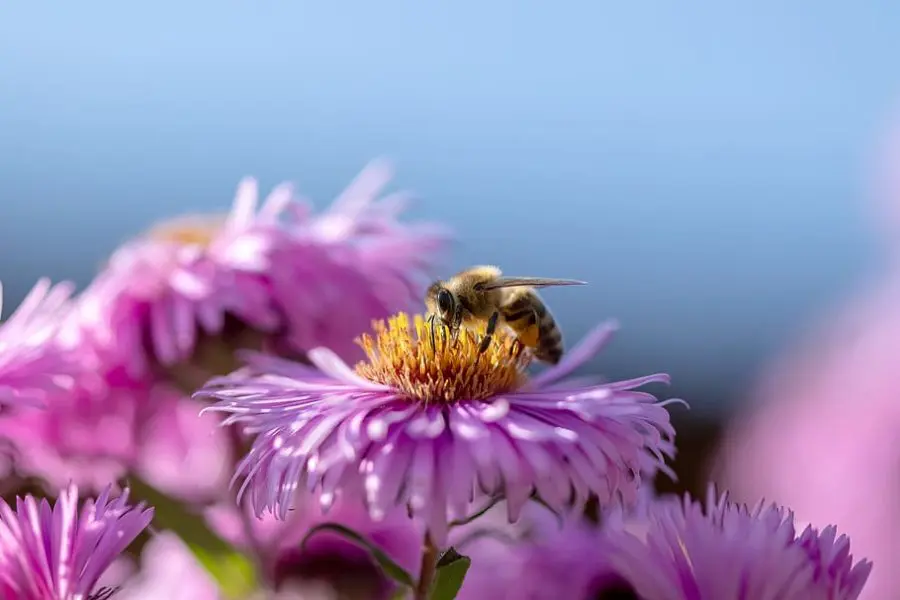
You know those moments when you spot a ladybug on a leaf or watch a butterfly gracefully flutter by?
It’s easy to admire their beauty and move on. But these tiny creatures, along with many others, are the unsung heroes of our farms.
They’re nature’s little helpers, working behind the scenes to ensure our crops grow healthy and bountiful.
From pollination dances to pest control missions, they’re on the job, making a big difference in their own subtle ways.
In this section, we’ll shine a spotlight on these miniature marvels and discover how they play a starring role in the world of farming. Ready to meet these tiny champions?
Spotlight on beneficial insects: How ladybugs, bees, and butterflies help our food grow
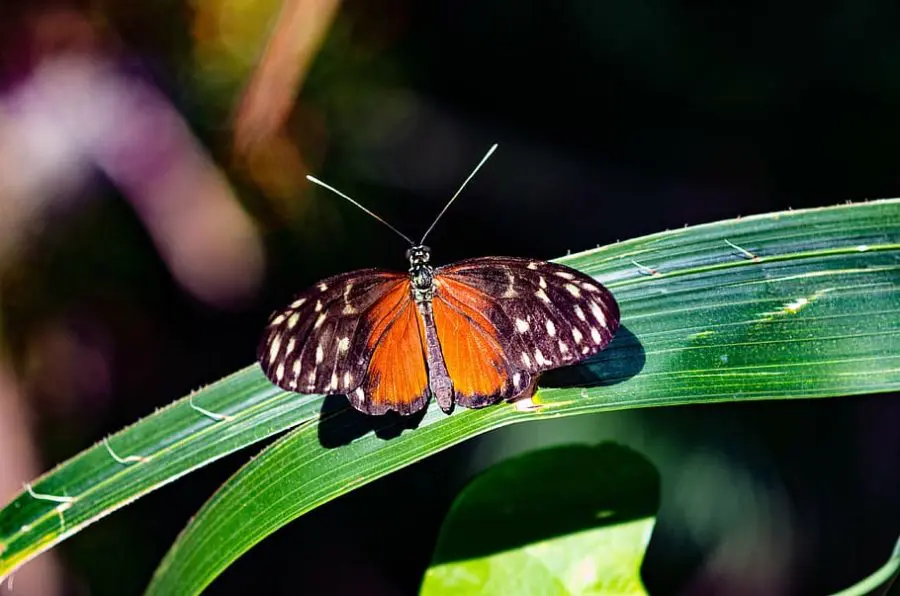
Ever watched a ladybug closely? These tiny, spotted wonders are more than just a pretty sight.
They’re voracious aphid-eaters, making them a farmer’s best friend.
In their lifetime, a single ladybug can consume thousands of aphids, ensuring plants stay healthy and free from these pesky invaders.
Then there are the bees, the buzzing maestros of pollination. Without them, our breakfast tables would look pretty bare.
As they move from flower to flower, collecting nectar, they inadvertently transfer pollen, playing matchmaker for plants.
This helps in the fertilization of crops, leading to the fruits and veggies we love. From apples to almonds, bees have a hand (or should I say wing?) in their growth.
And let’s not forget the graceful butterflies. While they too play a role in pollination, they’re also vital indicators of a healthy environment.
Their presence signals a balanced ecosystem, rich in diversity. Plus, their caterpillar stage helps in breaking down plant matter, contributing to the nutrient cycle.
Birds and their role in pest control and seed dispersal
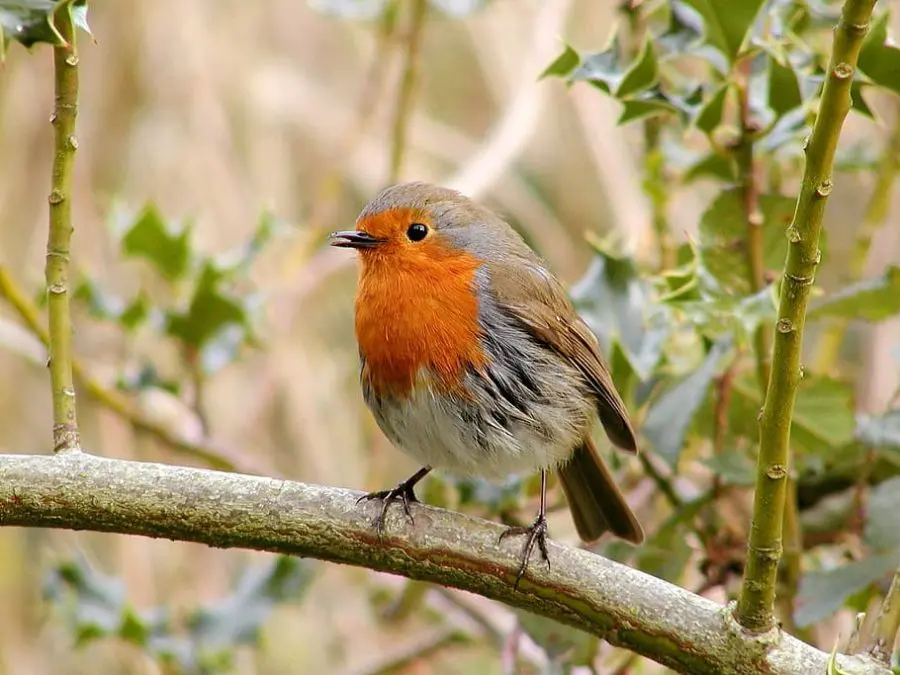
Now, let’s turn our gaze upwards. Birds, with their melodious songs, are more than just a delightful presence on farms.
They’re hard at work, playing a dual role. Many birds are natural pest controllers.
Ever seen a robin pulling out a worm or a sparrow darting about catching insects mid-air? They help keep pest populations in check, ensuring they don’t overrun our crops.
But that’s not all. Birds are also nature’s couriers. As they feast on fruits, they consume seeds.
These seeds, once passed, are dispersed to different areas, often far from the original plant.
This natural seed dispersal ensures the spread of plants, helping in forest regeneration and maintaining plant diversity.
So, the next time you hear a bird’s song, remember, it’s probably taking a short break from its busy work schedule on the farm!
The Soil Beneath: More Than Just Dirt

Ever walked through a garden and felt the soft crunch of soil beneath your feet?
It’s easy to think of it as just dirt, something we wash off our hands after a day of gardening. But take a closer look, and you’ll discover it’s a bustling metropolis of life and activity.
Beneath the surface, there’s a whole world teeming with tiny organisms, each playing a pivotal role in making our farms flourish.
In this section, we’re going on a deep dive, quite literally, into the world beneath our feet. Ready to uncover the secrets of the soil? Let’s dig in!
Introducing the underground world: worms, fungi, and bacteria
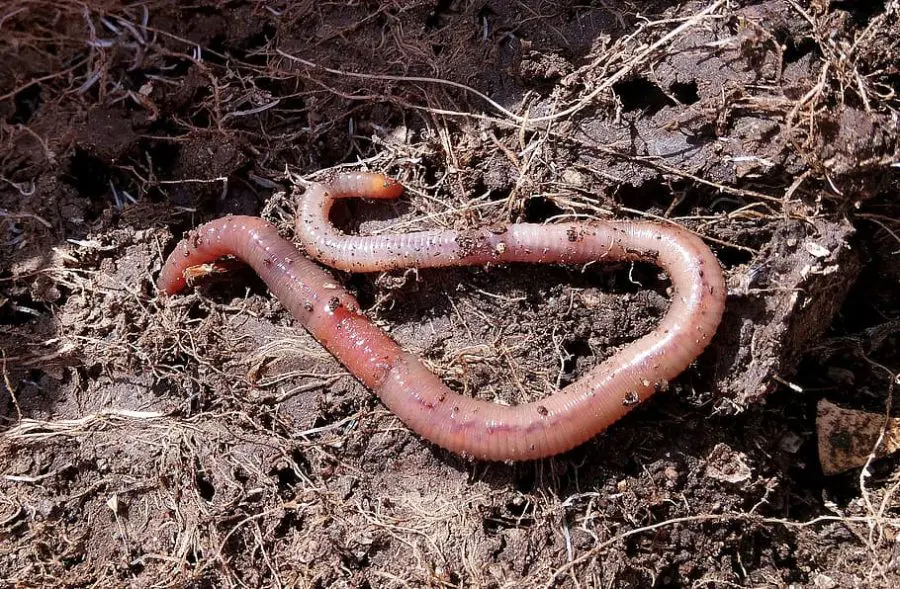
Alright, let’s imagine we’ve just shrunk down to the size of an ant and are about to embark on an underground adventure.
First stop: the realm of the earthworms. These wriggly wonders are nature’s plowmen, tunneling through the soil, creating pathways for air and water.
Their movement not only aerates the soil but also breaks down organic matter, turning fallen leaves and dead plants into rich, nutritious compost.
A little deeper, and we encounter the mysterious world of fungi. No, not just the mushrooms you toss in your salad, but a vast network called mycorrhizal fungi.
Picture it like the internet of the soil. These fungi form symbiotic relationships with plant roots, helping them absorb water and nutrients. In return, plants provide them with sugars. It’s a win-win!
And let’s not forget the tiniest members of our underground community: bacteria. These microscopic beings are the unsung heroes of nutrient cycling. They break down organic materials, releasing essential nutrients like nitrogen, making it available for plants to absorb.
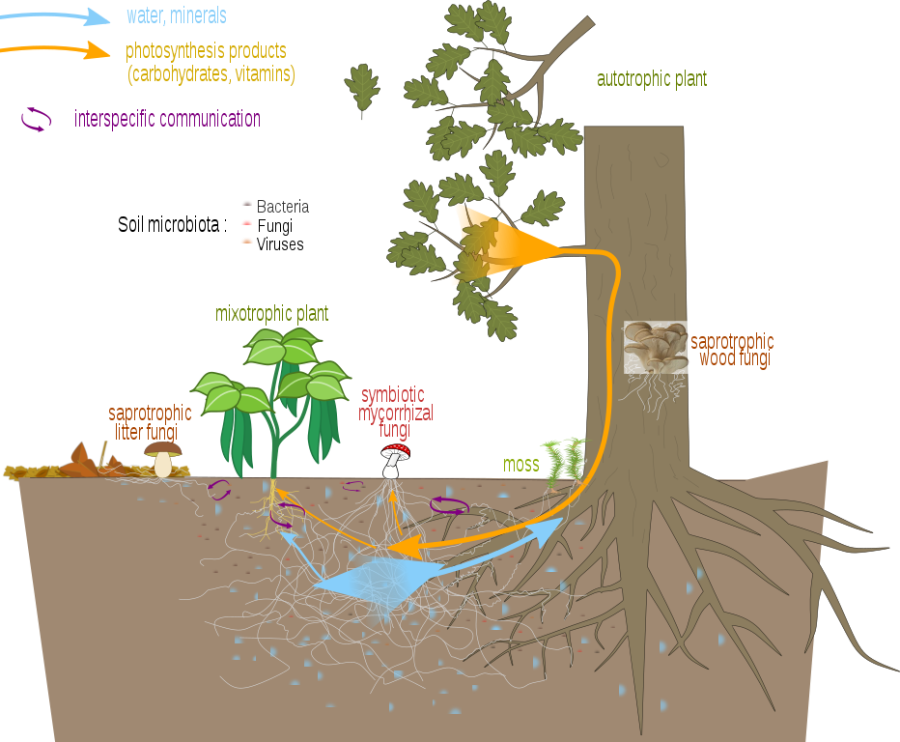
How diverse soil life leads to healthier crops and better yields
Now, you might wonder, Why all this fuss about what’s happening beneath the ground?
Well, the magic of the underground world directly impacts what we see above.
A soil rich in biodiversity is like a buffet for plants. They get a balanced diet of all the nutrients they need, making them healthier and more resilient to diseases.
Healthier plants mean better yields. Think of it like this: If you had a consistent, balanced diet, you’d probably feel more energetic and thrive, right? It’s the same for plants.
With a diverse soil community supporting them, they can grow stronger, produce more, and even taste better.
So, the next time you bite into a juicy tomato or savor a crisp lettuce leaf, take a moment to appreciate the bustling world beneath that made it all possible. Cheers to the unsung heroes of the soil!
Biodiversity: A Buffer Against the Unknown
Life’s full of surprises, isn’t it? Just when we think we’ve got things figured out, along comes an unexpected twist.
Now, imagine our farms trying to navigate these curveballs – unpredictable weather, pesky pests, or even sudden soil changes.
It’s a tough gig! But here’s the good news: Biodiversity steps in like that reliable friend who’s got your back during unpredictable times.
It acts as a natural buffer, helping farms weather the storms, both literal and figurative.
In this section, we’ll delve into how biodiversity stands as a guardian against the unknown, ensuring our fields remain green and thriving, come what may. Ready to explore this natural safety net? Let’s dive in!
How diverse farms can withstand challenges like pests, diseases, and climate changes better than monocultures
Imagine throwing a party and inviting only one kind of guest. It might be fun for a while, but soon, things could get a tad monotonous, right?
Similarly, farms that focus on just one type of crop, known as monocultures, might find themselves in a bit of a pickle.
Without a diverse range of plants, these farms become an all-you-can-eat buffet for specific pests.
And if a disease targets that one crop? Well, it’s like a domino effect, with the entire field at risk.
On the flip side, diverse farms are like vibrant, eclectic parties with a mix of guests.
Each plant attracts different beneficial insects, repels specific pests, and contributes uniquely to the soil’s health. It’s this mix that makes these farms resilient.
When one crop faces a challenge, others step in to balance things out.
Plus, with a variety of plants, the soil remains nutrient-rich, ensuring it can support crops even during challenging weather conditions.
It’s like having multiple safety nets, ensuring the farm stays productive and healthy.
Real-life examples of farms that thrived due to their biodiversity
Let’s take a trip to Indonesia. Here, in the lush landscapes of Bali, farmers have practiced subak for centuries.

It’s a system where rice fields are intermingled with forests, rivers, and temples.
This biodiversity not only supports a variety of wildlife but also ensures that pests have natural predators, reducing the need for chemical pesticides.
The result? Lush, productive fields that have sustained communities for generations.
Or consider the agroforestry systems in parts of Africa. Here, farmers plant trees alongside crops.
These trees act as windbreakers, protect against soil erosion, and even provide shade for the crops below.
The diverse ecosystem attracts a range of insects and birds, ensuring natural pollination and pest control.
Farms that have embraced this approach have seen better yields, healthier soils, and increased resilience against droughts.
These real-world examples showcase the power of biodiversity. It’s not just a buzzword; it’s a tried and tested approach that has helped farmers across the globe thrive amidst challenges.
Simple Steps to Boost Biodiversity
Ever watched one of those home makeover shows and thought, Wow, I wish I could spruce up my space like that!?
Well, our farms and gardens have a similar longing. They’re eager for a biodiversity makeover, and the best part?
It doesn’t require a big budget or fancy tools. Just a few simple tweaks can transform them into thriving hubs of life.
In this section, we’ll share some easy-peasy steps to boost biodiversity, turning any plot, big or small, into a haven for nature.
Ready to roll up your sleeves and play garden designer? Let’s get started!
Encouraging readers to support local, organic farmers
You know that warm, fuzzy feeling you get when you support a local artisan or a neighborhood bakery?
Imagine channeling that same energy towards our local, organic farmers. These hardworking folks are the stewards of biodiversity.
By choosing organic, they’re skipping the synthetic pesticides and fertilizers, instead opting for nature’s way of doing things.
Supporting them isn’t just about buying fresh, chemical-free produce (though that’s a delicious perk!).
It’s about voting with our wallets for a greener, more sustainable future.
Every time we choose local, organic produce at the farmers’ market or grocery store, we’re giving a thumbs-up to biodiversity.
We’re saying, Hey, we appreciate you taking care of the land and preserving nature’s balance.
Plus, let’s be real, doesn’t a tomato plucked fresh from a nearby farm just taste a zillion times better?
Tips for home gardeners: Planting wildflowers, creating habitats, and avoiding harmful pesticides
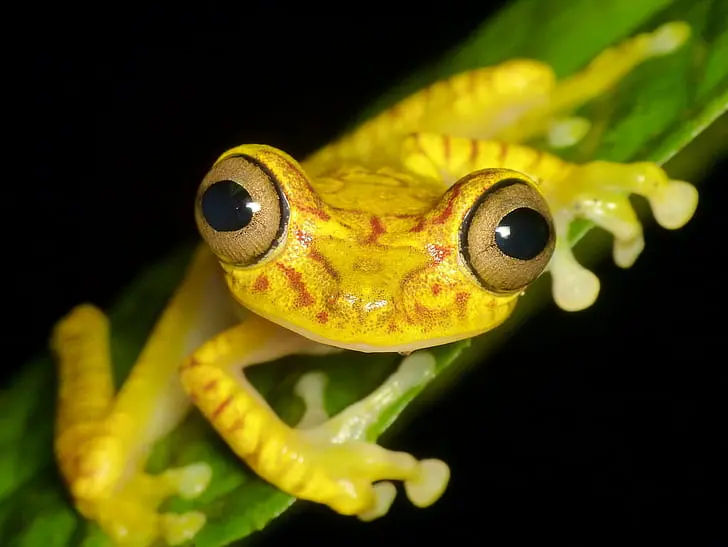
Alright, green thumbs, this one’s for you! Whether you’ve got a sprawling backyard or a tiny balcony, there are nifty ways to boost biodiversity right at home.
First up, wildflowers. These aren’t just a treat for the eyes; they’re like a magnet for beneficial insects.
Planting a mix ensures you have blooms throughout the seasons, offering nectar and pollen to bees, butterflies, and other pollinators.
And guess what? They’re low maintenance. No need for fancy fertilizers; they’re wild, after all!
Next, think of creating mini-habitats. A small pond can attract frogs, which are great for pest control. Birdhouses or feeders can bring in our feathered friends, who’ll happily snack on any pesky bugs.
And lastly, if you’re reaching for that pesticide bottle, take a pause.
Many times, a natural solution, like neem oil or introducing beneficial insects, can tackle the problem without harming the environment.
Remember, every little creature, from the ladybug on your rose plant to the earthworm in the pot, plays a part in the garden’s ecosystem. Let’s make them feel at home!
So, fellow garden enthusiasts, with these simple steps, we can turn our spaces into bustling biodiversity hubs.
And trust me, there’s nothing more rewarding than watching nature thrive right in your backyard. Happy gardening!
Why is Biodiversity Important FAQ
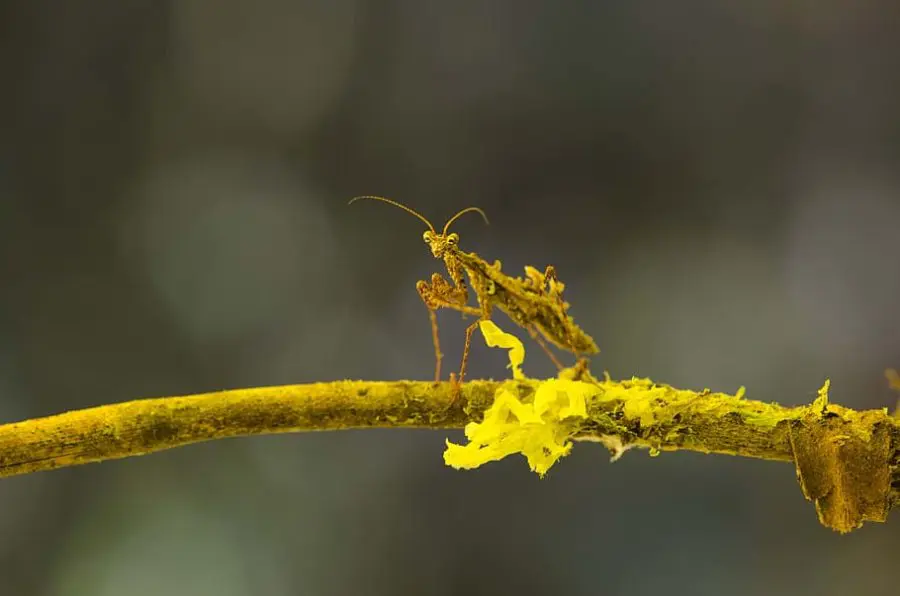
Alright, pop quiz time! Just kidding. But I bet as we’ve journeyed through the world of biodiversity and farming, a few questions have popped up in your mind. You’re not alone!
Many folks have some burning queries when it comes to understanding the intricate dance of nature on our farms.
In this section, we’ve rounded up some of the most frequently asked questions and served up the answers on a silver platter.
Curious about something specific or just looking for some fun farm facts? Dive right in, and let’s quench that thirst for knowledge!
Q: What happens when farms lack biodiversity?
A: When farms lack biodiversity, they become more vulnerable to pests, diseases, and extreme weather conditions.
Monocultures, or farms that grow only one type of crop, can deplete the soil of specific nutrients and are more susceptible to large-scale crop failures.
Without biodiversity, farms also miss out on the natural benefits of a balanced ecosystem, such as improved soil health, natural pest control, and pollination.
Q: Why is plant diversity important in agriculture?
A: Plant diversity in agriculture acts as a safety net against pests and diseases. Different plants attract a variety of beneficial insects and repel harmful ones.
Diverse crops also ensure that the soil remains nutrient-rich, as different plants take and give back various nutrients to the soil.
Additionally, having a range of crops can safeguard against total crop failure due to specific diseases or adverse weather conditions.
Q: Why do farmers care about biodiversity?
A: Farmers care about biodiversity because it directly impacts their yield, soil health, and the sustainability of their farming practices.
Biodiversity offers natural pest control, aids in pollination, and ensures a balanced and healthy ecosystem.
It also reduces the need for chemical inputs, leading to healthier crops and, in the long run, cost savings.
Q: What are the benefits of diversity on a farm?
A: Diversity on a farm brings multiple benefits. It enhances soil fertility, promotes natural pest control, increases resilience against diseases, and stabilizes the environment.
Diverse farms also support a wider range of wildlife, from beneficial insects to birds, creating a balanced and thriving ecosystem.
Q: What are the advantages of increasing biodiversity in a farm setting?
A: Increasing biodiversity in a farm setting leads to healthier and more resilient crops. It reduces the reliance on chemical fertilizers and pesticides, as nature provides many of these services naturally.
Biodiverse farms are also more resilient to climate change and can better handle extreme weather events. Additionally, they contribute to a healthier environment by supporting a range of species and reducing soil erosion.
Q: What are the benefits of plant diversity to ecosystems?
A: Plant diversity is crucial for ecosystems as it provides varied habitats for different species, ensuring a balanced and thriving environment.
Diverse plants can capture and store more carbon, helping combat climate change. They also play a vital role in the water cycle, ensuring soil retention and reducing erosion.
Moreover, plant diversity ensures a varied diet for herbivores and provides resources for a range of pollinators and other beneficial insects.
Conclusion: A Vision for the Future
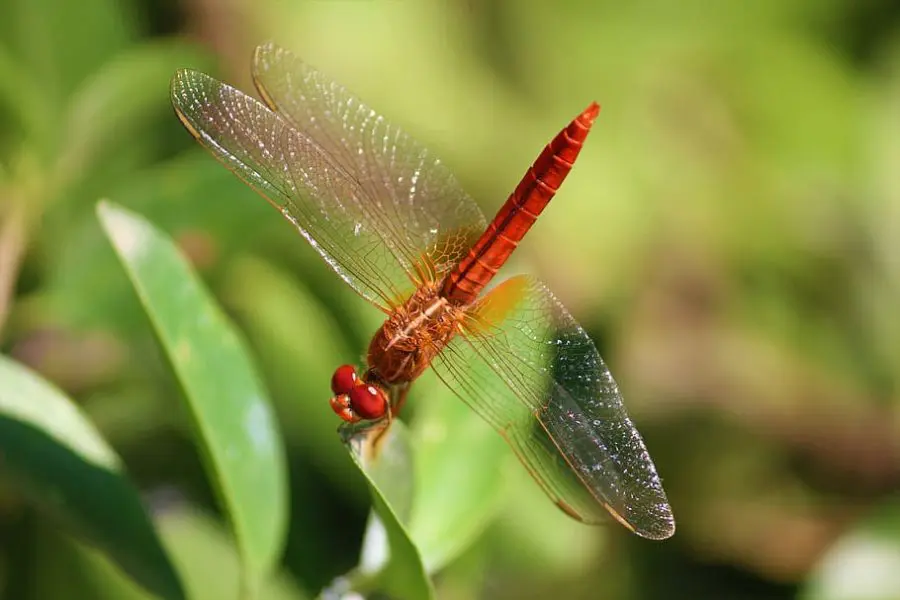
As we wrap up our deep dive into the world of biodiversity and farming, let’s take a moment to dream a little.
Picture a future where every farm is a vibrant tapestry of life, where nature’s melodies echo in every corner, and where our plates are filled with the freshest, most nourishing produce.
It’s a vision worth striving for, isn’t it? In this concluding section, we’ll tie up all our learnings and paint a picture of the promising path ahead.
Ready for a glimpse into a greener tomorrow? Let’s set our sights on the horizon and dream big!
Imagining a world where every farm buzzes with life and diversity
Close your eyes for a moment and imagine stepping onto a farm of the future.The first thing you notice?
The hum of life. It’s everywhere! From the soft rustling of leaves as butterflies flit from one flower to another, to the gentle burrowing sounds of earthworms enriching the soil beneath.
Fields aren’t just stretches of a single crop; they’re a mosaic of colors, textures, and scents.
Trees dot the landscape, providing shade and homes for birds, while ponds teem with frogs and dragonflies.
This isn’t just a farm; it’s a living, breathing ecosystem. It’s a place where nature and agriculture coexist in perfect harmony, ensuring not just bountiful yields, but a thriving planet.
Supporting sustainable farming and making biodiversity-conscious choices in our daily lives
Now, here’s the exciting part: This vision isn’t just a dream. It’s entirely within our reach!
But to get there, it’s going to take a collective effort. Every time we reach for organic produce at the store, support local farmers at the market or even plant a wildflower patch in our backyard, we’re taking a step towards this vibrant future.
But it’s not just about the big gestures. The little choices matter too.
Maybe it’s opting for a pesticide-free garden, setting up a bird feeder, or simply educating a friend about the importance of biodiversity in farming.
Every action, no matter how small, ripples out, creating a wave of change.
So, as we stand at the crossroads, looking towards a future filled with promise, let’s make a pledge.
A pledge to be champions of biodiversity, to support sustainable farming, and to make choices that nurture our planet.
After all, the future is what we make of it, and together, we can make it bloom!

